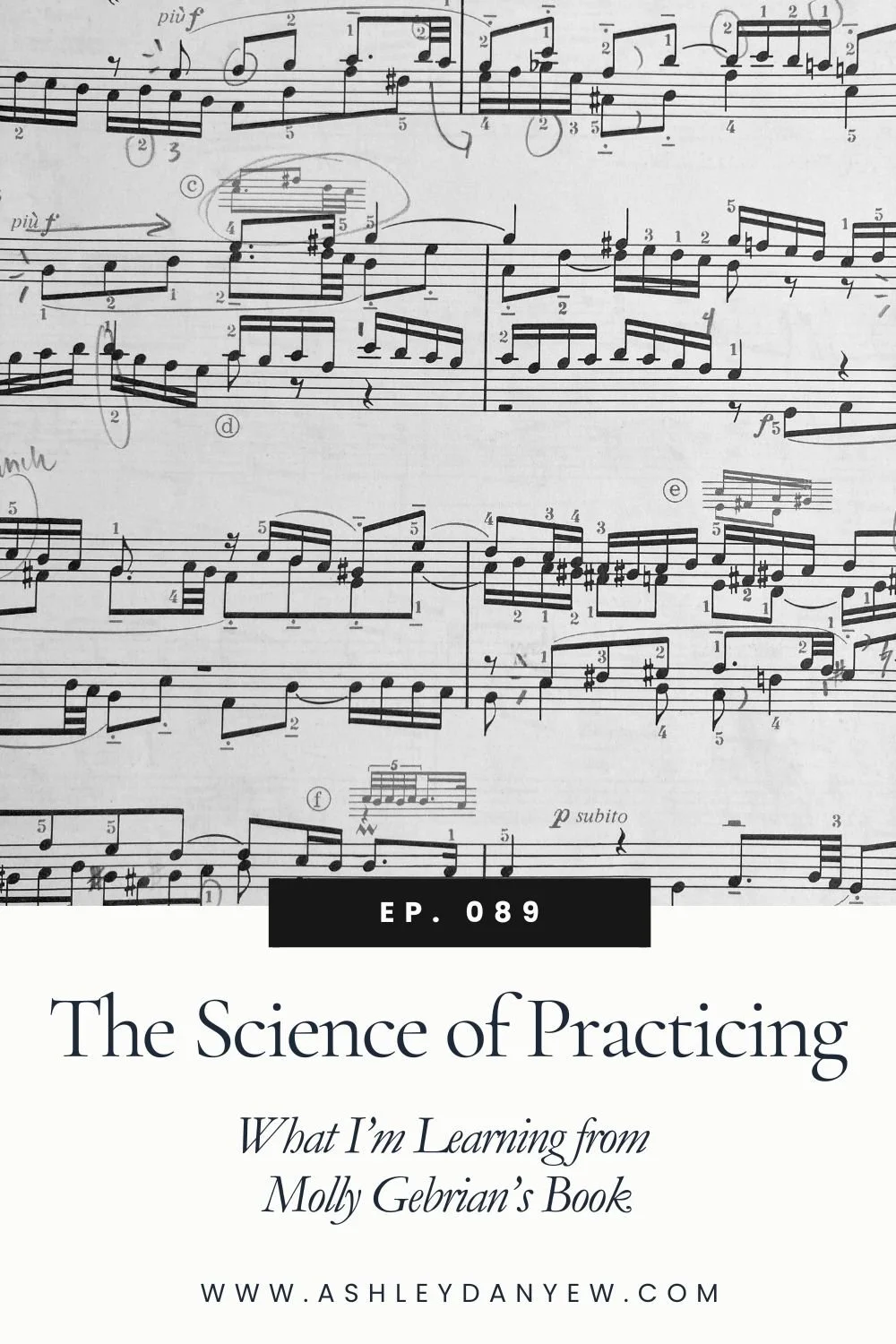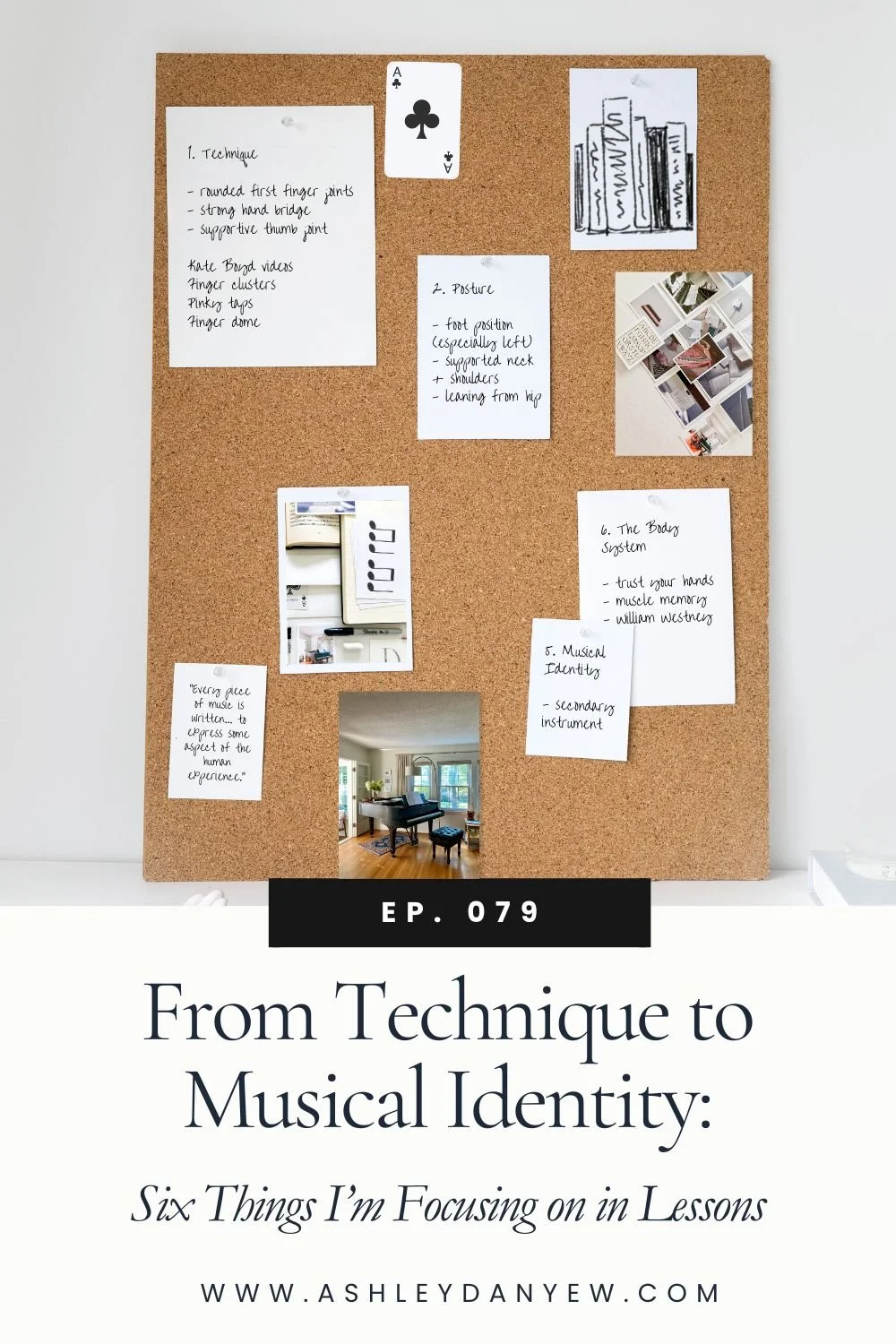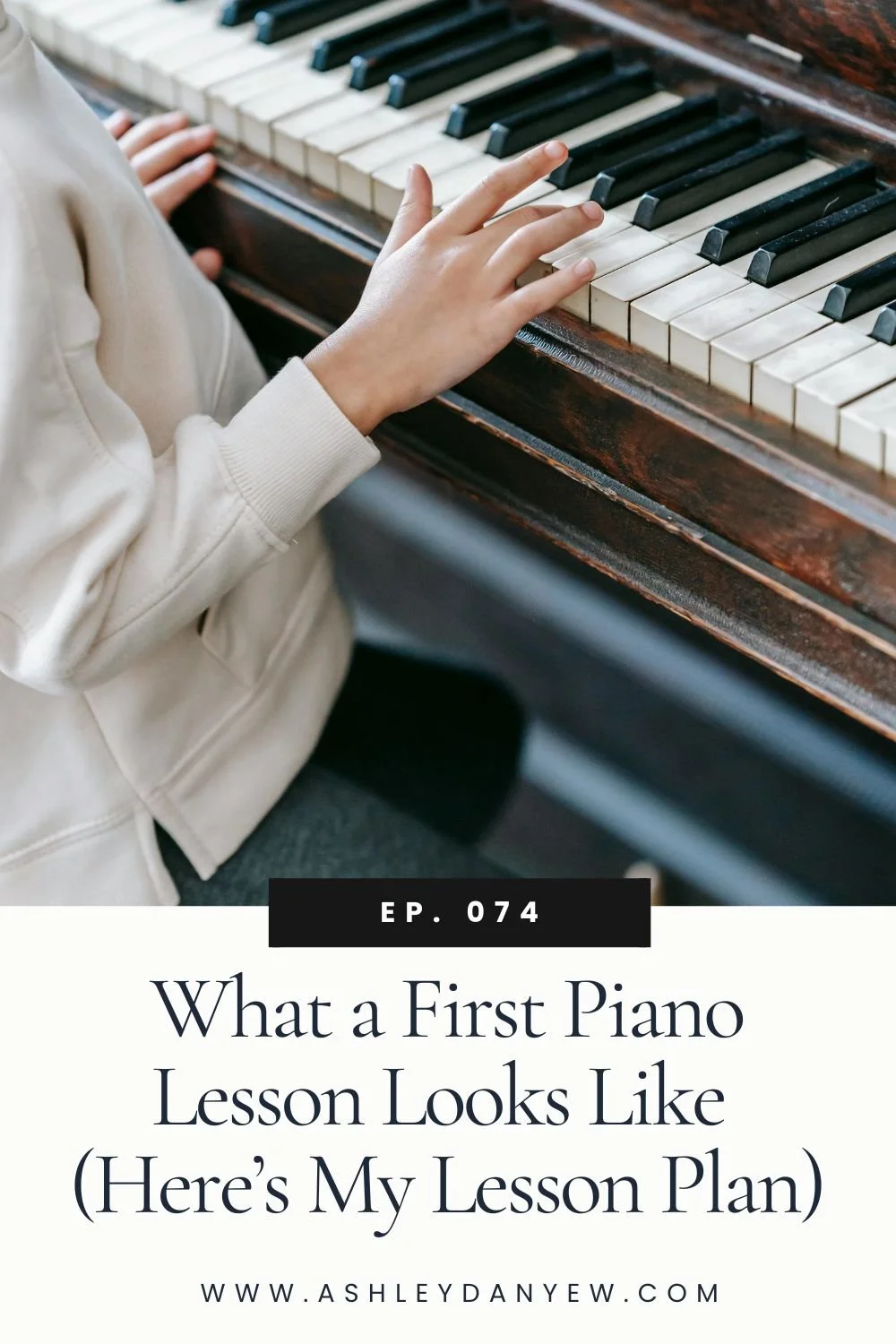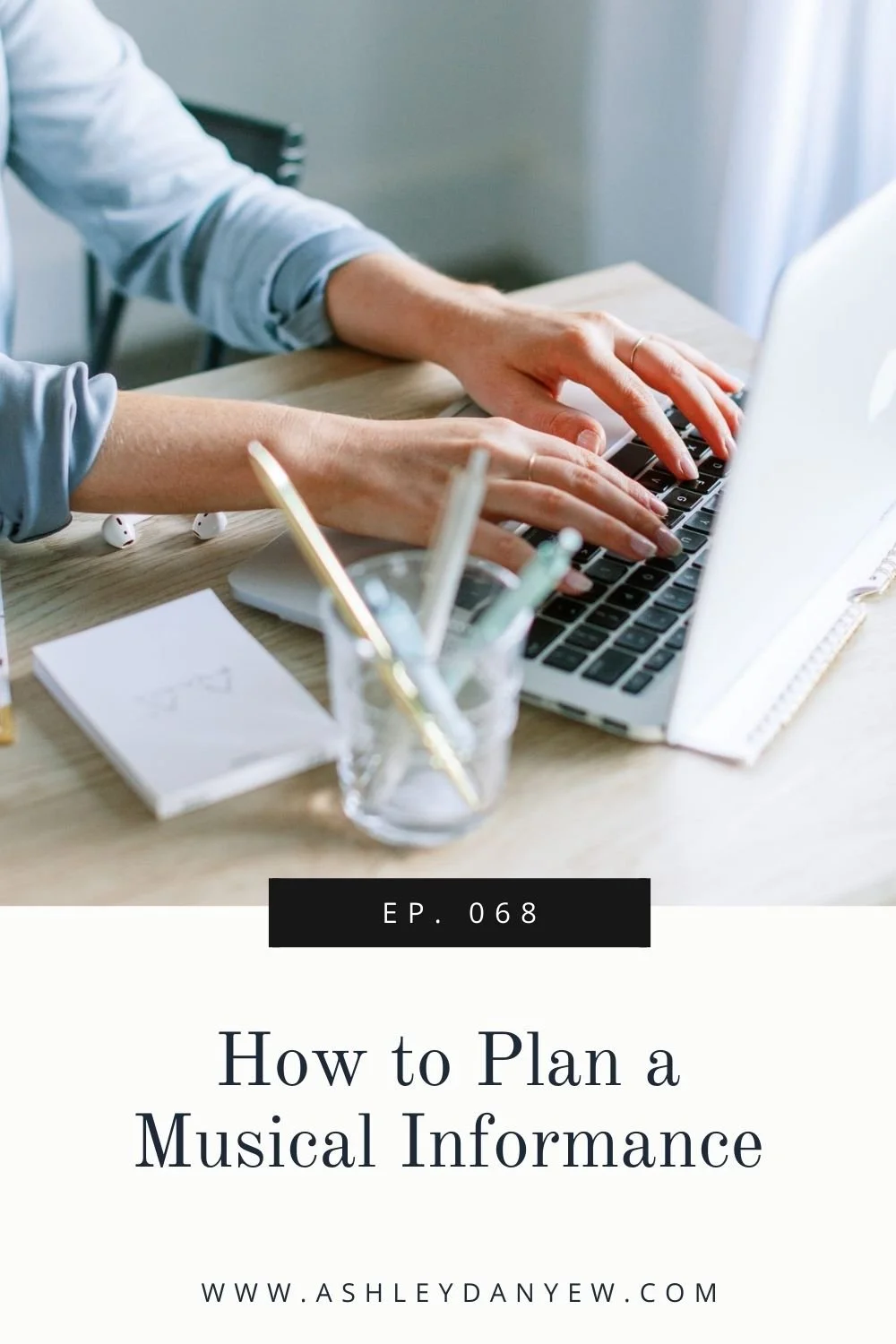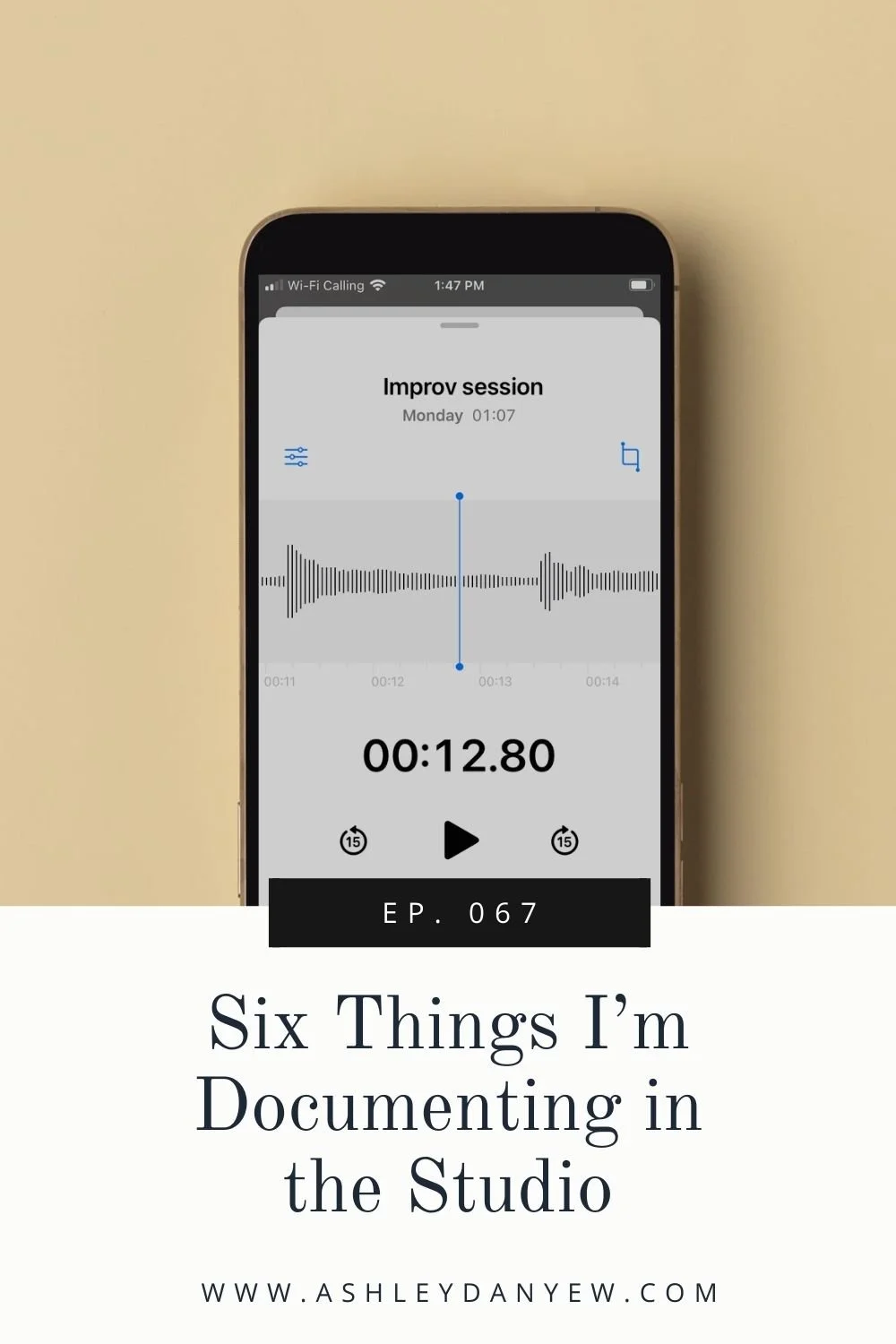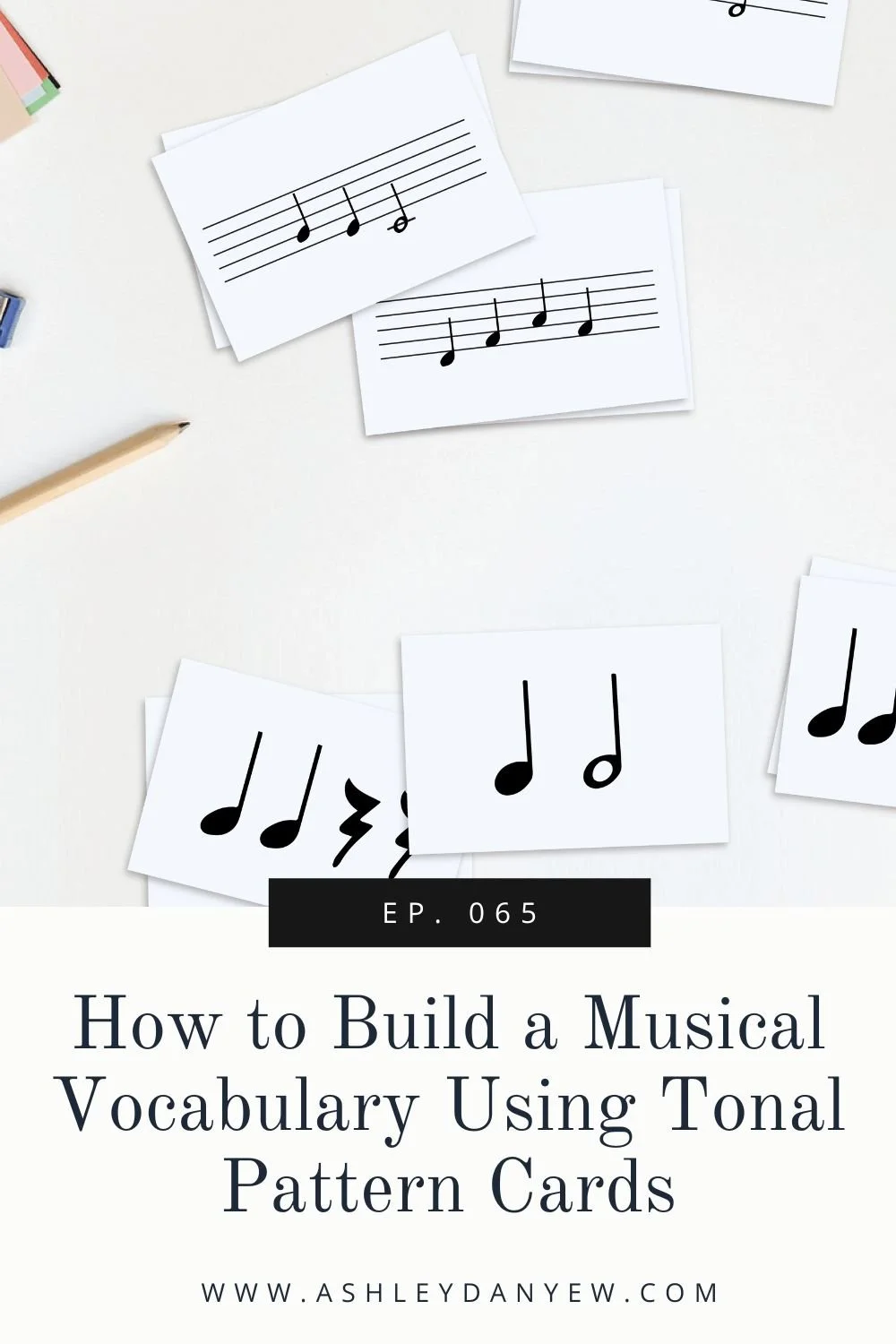Resources Mentioned
Belle, Bonne, Sage (Baude Cordier)
The Valentine Composition Project (free printable)
It was 1997.
My piano teacher had just shown us a picture of Belle, Bonne, Sage, a rondeau about love written in the shape of a heart by 15th-century French composer, Baude Cordier. I studied the top two staves, curved to create the top of the heart, the illuminated letter B at the beginning of the first word, Belle, and the unique black-and-red notation.
This signaled the beginning of the annual studio-wide Valentine composition project.
Every year around this time, my piano teacher invited us to write our own piece of music, a "musical Valentine," as she called it. The idea was to not only write an original piece, but gift it to someone—maybe a grandparent, friend, or neighbor—and perform it for them.
We worked on these compositions for several weeks, usually starting right after Winter Break, making a little progress with each lesson so that we had a finished work to perform for someone by Valentine's Day.
This is a story about writing my first Valentine composition project, how I remember the creative process, and how I modified this project for my own studio all these years later.
My First Valentine Composition, Age 10
I will admit that certain aspects of the Valentine composition project appealed to me.
If you couldn't already tell, I was one of those students who loved theory. I loved analyzing patterns, copying notes and making sure the stems went in the right direction and on the correct side of the notehead. I loved writing an entire row of treble and bass clefs, making sure they touched the right lines and swirled in just the right places.
"It gave us time to work on our theory!" I wrote enthusiastically in my scrapbook a few years later next to a copy of my manuscript.
Creating
The assignment that first week was to spend some time at the piano coming up with musical ideas and perhaps writing lyrics. At this age, I loved writing poems and song lyrics, so again, that appealed to me.
That year, I chose to write my musical Valentine for an elderly woman, Mrs. Joan Cartland from our small Episcopal church (where my piano teacher was the Music Director and I sang in the children's choir).
I started with the text: "Happy day of hearts, Mrs. Joan, my care for you has really grown..." I remember sitting at the piano in our living room, playing with patterns and ideas until something stuck.
This was a less-than-appealing part of the project for me, only slightly more enjoyable than the actual performing part at the end of the project, which I dreaded the most. The thing is, as a young student, I much preferred reading to playing by ear and when it came time to sit at the piano and "come up with ideas," I found the process difficult and frustrating. I had trouble translating what I could hear in my head into something I could play on the keys.
For an entire week, I would sit at the piano with a spiral notebook open on the music rack, trying to capture notes, rhythms, and finger patterns as I heard them in my head or stumbled upon them on the keys, like trying to catch lightning bugs on an early summer evening.
Even if I did come up with something that met the standard I had in my 10-year-old head (contrary motion between the hands—that's cool, right?), I often struggled to remember what I had discovered or created by my next lesson.
Writing
Regardless of how much progress we had made on our own during the week, my teacher would sit patiently in her living room at our lesson that next week and listen thoughtfully to our musical ideas, ask questions, help us refine our choices, and try to decipher by ear what key and meter we had chosen (as a teacher now, I can appreciate how much time and creative effort this took).
She, of course, would guide us through a process of discovering how to notate what we were playing, but sometimes it required a little assistance.
I always seemed to create something that was beyond my reading abilities (e.g. G-flat major, or in the case of this particular Valentine, mixed meter alternating between 5/4 and 2/4). I wondered if I was the only one. My younger brother, of course, always came up with a simple little piece in C major and 4/4 time that was a breeze to notate, but that's beside the point.
I remember that my teacher was extremely patient during this part of the process and despite my rising anxiety that I wouldn't have a piece ready by Valentine's Day, I always did. I left my lesson that first week in February with a newly-notated composition in hand, written on heart-shaped manuscript paper with swirly treble clefs and carefully-written noteheads drawn first in pencil, then traced over with a black felt-tipped pen.
Performing
Next, it was time to perform the musical Valentine for our intended recipient. I remember being in Mrs. Joan's carpeted living room, standing at the 49-key keyboard she had behind the sofa, singing and playing my composition for her with a wobbly voice and shaky fingers, feeling absolutely mortified. I admit that the sandwich cookies and lemonade she offered me afterward made it seem more worthwhile.
Despite my hesitancy and uncertainty about this project in the weeks leading up to Valentine's Day each year, I do remember feeling a sense of pride in seeing my musical compositions in written form. And I recognized the value of spending time each year developing our creative music skills, exploring, developing, refining, and learning how to write it down.
Sharing this Project with My Students
Several years ago, I decided to share the tradition with my piano students. To help students get started, I added a little bit of structure to the project.
First, I created two templates: the first version is for 1st-grade students with a single treble clef stave and a suggested hand position (C 5-finger scale). The second is for elementary students who have some experience reading and playing 2-part music. It's written with treble and bass staves. I usually give students the choice of writing a piece for right hand, left hand, or both hands. Perhaps the hands will have a musical conversation or for older students, play at the same time.
I included rhythm patterns above each measure and this combined with suggesting a key or hand position that's already familiar to them provides some important parameters for the creative process.
Each year around this time, I introduce the project to my first- and second-year students and we spend a week or two coming up with ideas, writing lyrics if desired, and learning how to notate the composition on the staff.
We start by clapping and counting the rhythm patterns above the staff, then talk about the notes of the suggested hand position. I ask questions about whether they'd like to play with right hand, left hand, or both, and whether or not they'd like to write words for their piece. I point out that the rhythm of the last two measures matches the title at the top of the page, "Will you be my Valentine?"
That first week, I send them home with the composition sheet and ask them to experiment with patterns using the notes we talked about and the rhythm patterns shown on the page. Then, I ask them to write down the letter names under the rhythm for some of their favorite ideas.
In our lesson the next week, I listen to their ideas or help guide them through the process if they got stuck at home. We'll write down the letter names for each pattern and write in any words they've come up with. Next, we'll begin writing the music notation. For 1st-year students, the notes of the C 5-finger scale are written at the top of the page, so we'll write in the finger numbers there, for reference. I'll get them started by writing the first note on the staff lightly in pencil and having them trace over it.
Then, we'll talk about how to write the second note and the third.
"Does it go up or down?" I'll ask. "Which finger plays next?" "Is it a step or a skip?"
We'll spend a little time on this project in each lesson over maybe two weeks until they have the whole piece written. I encourage them to share the piece with someone and perform it for them, though that's not required. The goal of this project, for me, is to encourage their creativity, to provide a positive learning experience where they can express their musical ideas and learn how to notate them. I want my students to know that anyone can be a composer, that they have musical ideas that are unique and creative, and special.
Looking back at my 10-year-old self, I'm grateful I had a teacher that encouraged these things in me.
Free Resource
Valentine Composition Project
If you'd like to incorporate a project like this in your studio, feel free to download my musical Valentine PDFs to use with your students.
The download includes two versions: 5-finger position (hand position is limited to the C major pentascale) and 2-part (grand staff). For an extra challenge, have students compose lyrics and perform their new piece for a friend or family member on Valentine's Day.
Happy composing!






